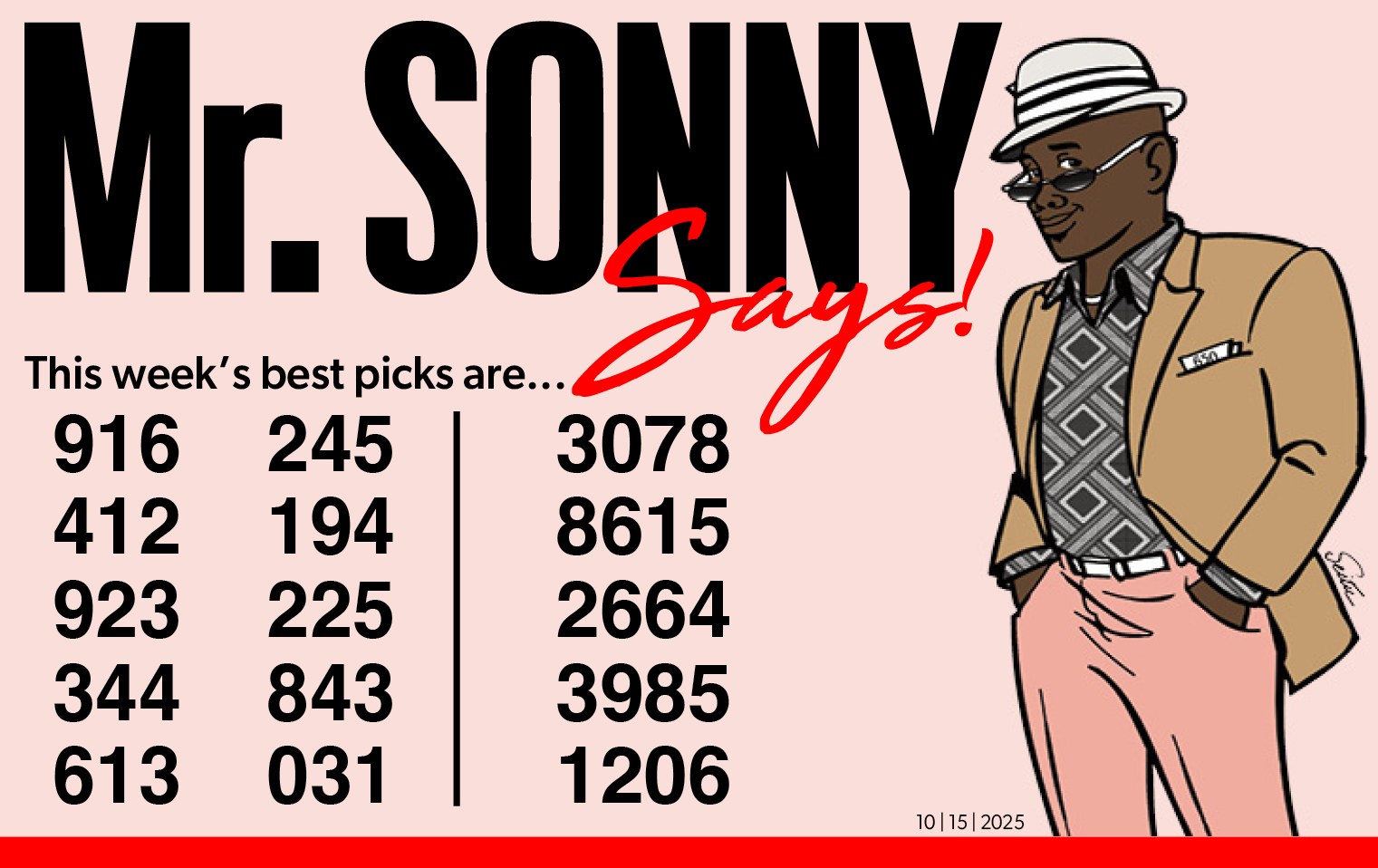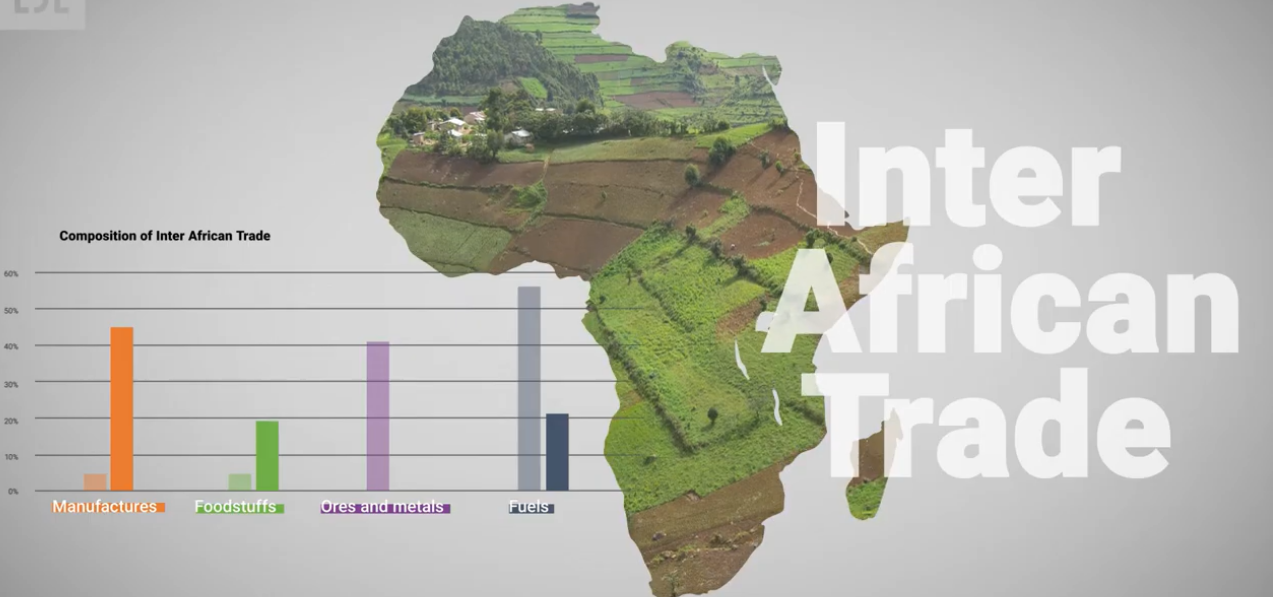Why Black and Brown people wind up on NYPD gang database – even if they’re not in gangs
On Oct. 15, the NYPD Inspector General issued a follow-up report on the city’s controversial gang database, criticized for racial bias. The post Why Black and Brown people wind up on NYPD gang database – even if they’re not in gangs appeared first on New York Amsterdam News.


Last Wednesday, Oct. 15, the Office of the Inspector General-NYPD (OIG-NYPD), the city’s independent watchdog for police policy and practices, published findings from a follow-up investigation on how the city tracks alleged gang affiliation, which long faced heat for racial profiling.
The NYPD’s Criminal Group Database, best known as the gang database, is the policing tool facing sharp criticism for surveilling almost exclusively Black and Brown New Yorkers, sometimes through shoddy justifications of “self-admission” like social media photos and the use of emojis.
Back in December 2022, 16,141 people were logged as active gang members, despite a sizable reduction from when advocates publicly exposed the database issues in 2017; 98% of them were identified as Black or Hispanic males under age 42. Many were entered without a conviction or arrest record. Some were literal children.
In 2023, the OIG-NYPD recommended 17 reforms to improve the database’s Impact and Use Policy (IUP) after the city promised the report five years previously. Suggestions included bolstering deactivation efforts to remove non-gang members and notifying parents when a child was entered. The findings also shed light on the shadowy database for advocates who spent years calling for more transparency.
From last Wednesday’s follow-up report, the NYPD fully adopted 11 recommendations. The OIG-NYPD also made 13 new recommendations, mostly about how the department could implement the original recommendations more efficiently.
Notably, the gang database’s size nearly halved in the past three years, falling to 8,563 as of this month — but the racial makeup remains largely the same: still overwhelmingly Black and Brown men between the ages of 18 and 34.
NYC Department of Investigation (DOI) Commissioner Jocelyn Strauber, who oversees the city’s inspector general offices, told the Amsterdam News that there’s no way to know for sure whether the recommendations contributed to reducing the database’s size, but pointed to the NYPD reviewing existing entries for deactivation and deeper screening for adding people as potential contributing factors.
“The work that we did in this investigation led to this report [and] included a back-and-forth with the department and helped [it] recognize that they were not conducting reviews in a timely way and [prompted] them to conduct the reviews in a timely way,” said Strauber. “It is plausible that having done those reviews in a timely fashion … that people were removed from the database as a result. It is also the case that there are more stringent criteria for admitting someone into the database, and that also could have resulted in the decreased numbers.”
Under the IUP, the NYPD now reviews database entries every two years for minors and every three years for adults. The department no longer considers sealed arrest records for determining whether someone belongs to a gang and requires a codified multilevel review process for adding, renewing, and removing someone from the database.
Strauber said the NYPD remains cooperative and collaborative with the OIG-NYPD toward working to reform the gang database, which isn’t always the case with DOI probes. A police department spokesperson pointed to such surveillance tools as key for record lows in shootings and shooting victims in 2025.
“The database is critical to investigating and solving crimes, but also to preventing potential future shootings and violence,” said the NYPD spokesperson in a statement. “The NYPD has also used it to take hundreds of guns off the streets and to get the most dangerous criminals out of our communities. Simply put: This tool helps the NYPD save lives. We appreciate DOI’s report, and as it notes, we have already made significant changes to strengthen and improve the database.”
Through city law, the NYPD must respond to the OIG-NYPD’s new recommendations within 90 days. While there’s no scheduled date for the next report on the database, Strauber said there’s certainly public interest. “We saw the value in this report because it was through that review that we and the department identified these delays in the process of reviewing people to determine if they should stay in the database,” she added. “It helped bring that issue to light … [and] prompt reviews that might not have taken place for many months otherwise.”
Advocates say abolition is the only way
Can the city truly reform the gang database, though? G.A.N.G.S. Coalition advocates like attorney Anthony Posada and NAACP Legal Defense Fund (LDF) organizer Obi Afriyie say no. The campaign sprung from the mid-late 2010s when the NYPD initially denied the surveillance tool’s existence despite serious suspicions about it. The Bronx 120 raid, the biggest “gang takedown” in NYC history, belied the database’s role in monitoring Black and Brown youngsters from the same neighborhood.
“These reforms tell us that unfortunately, the NYPD continues to operate this database by targeting exclusively Black and Brown people,” said Posada. “Even though they claimed to have made these changes, it’s still specifically cataloging Black and Brown people as alleged gang members … What is needed is abolition.”
Who the NYPD does not surveil as a gang member can be just as telling. In a City Council hearing earlier this year, police officials admitted Italian American mobsters were not added to the database. They argued the tool was reserved for street gangs, but remained evasive when asked if members from a notable Chinese street gang were entered; fewer than 1% of people on the database identify as white or Asian. Previous findings also suggest the NYPD does not enter members from notable white nationalist groups like the Proud Boys and Patriot Front, despite documented criminal activity in New York City.
In addition, the police officials could not provide direct data tracking how the gang database actually reduced crime earlier this year. “There’s actually no effectiveness to that claim, and it also remains unfounded,” said Posada.
He pointed to Int. 798, a City Council bill sponsored by Councilmember Althea Stevens that would dismantle the surveillance tool and prevent the city from creating future iterations. There’s precedent: An oversight board shut down a Chicago Police Department gang database in 2023.
Afriyie was critical of reforming the gang database, particularly given the OIG-NYPD cannot directly enforce the office’s recommendations. He also opposed some of the adopted reforms, like notifying parents when the department enters a minor as a gang member.
“That’s not a good thing — think about what that could mean,” said Afriyie. “If you’re a parent and you get [an] email or letter from the NYPD saying your 13-, 14-, 15-year-old child is a member of a criminal group on that database, is that going to make you feel good? Think about how trust is destroyed in communities now.”
Strauber said the recommendation stems from how the issue is handled nationally. For example, the California penal code requires parental notification, along with an appeal process. “The police department here went with the recommendation that there be notification,” said Strauber. “They did not give any right to appeal.” Most people learn about their status on the gang database through public records requests, although the NYPD declined another recommendation to draft a formal policy to generally grant Freedom of Information Law requests.
To be clear, parental notifications remain a work in progress for the NYPD. The new report found the department updated the IUP to include the reform, which would inform parents and guardians within 60 days, but the nominating detective should make the notification, according to the OIG-NYPD, which the department agreed to. Currently, youth coordination officers — a position created in the resident precincts for minors on the gang database — largely reach out to the parents.
Lawsuit challenges gang database
This past April, three anonymous Black men entered on the gang database sued the city alleging racial discrimination. Two remained categorized as active gang members at the time of filing, while the third was deactivated. All three claim no gang affiliation and “have never been a member of any group whose purpose was to commit any crime.”
One plaintiff currently works as an EMT for the New York City Fire Department and was added to the database in 2015 after “two independent sources” identified him as a gang member. As a result, he was falsely accused of attempted murder and spent two years detained on Rikers Island before he was acquitted, according to the filing.
To avoid unwanted police interaction, he limits visiting family members who live in the public housing development where he grew up. The lawsuit alleges the database largely targets New York City Housing Authority (NYCHA) projects, where roughly 90% of residents are Black and Latino.
Kevin Jason, deputy director of strategic initiatives at the NAACP Legal Defense Fund and an attorney for the plaintiffs, told the Amsterdam News that his clients are regularly stopped and questioned for minor infractions like jaywalking. “The concern is that people feel like they can’t be outside their homes, and they’re also worried that spending time with family [will be used] as further evidence of them being a member of a criminal group or gang,” said Jason. “As we’ve seen, the NYPD will designate a whole NYCHA property as a gang territory or a gang location.”
The complaint also challenges the notion of “self-admission,” where a teenager posting “Happy birthday gang” led to being entered in the gang database. Meanwhile, the term “gang” can be slang used ubiquitously by the public, as in examples in the filing ranging from Vice President Kamala Harris on the Call Her Daddy podcast to comedian Dana Carvey wishing everyone a great weekend on social media.
Told you so
Brooklyn Borough President Antonio Reynoso told the Amsterdam News he felt vindicated as official investigations and public hearings shed more light on the gang database. He introduced the original legislation to abolish the database while serving on the City Council before passing the reins to the then-incoming freshman Councilmember Stevens when he took office in Borough Hall in 2022. However, he and the G.A.N.G.S. Coalition faced pushback for criticizing the NYPD practice, despite firsthand accounts about how the database harmed young Black and Brown men.
“The people that are most affected always have an outsized responsibility to prove what they already know,” said Reynoso. “If it was the NYPD asking to do something, they get the benefit of the doubt, always … when we talk about victims, or the folks on the ground that are seeing what’s happening, and they’re saying, ‘Hey, this gang database is filled with errors: It has faulty guidelines …, it’s incorrect [and] it’s sloppy policing,’ they push back against those folks.
“We always need the data to prove what we already know, just to get our foot in the door, versus the NYPD that’s given the benefit of the doubt, even though almost … every time, the community is right.”
Reynoso credited the G.A.N.G.S. Coalition for leading the continued efforts to abolish the database and believes the bill is in good hands under Stevens. Still, talking about the database rekindled his fire toward seeking justice for those racially profiled by the policing tool, even if he no longer plays a direct hand in making city laws.
“We’re not just talking for the sake of talking [and] we’re not just fighting for the sake of fighting,” said Reynoso. “What we’re actually doing here is trying to affect meaningful change and allow for justice to exist for a large number of mostly Black and Brown boys.”
The post Why Black and Brown people wind up on NYPD gang database – even if they’re not in gangs appeared first on New York Amsterdam News.
























